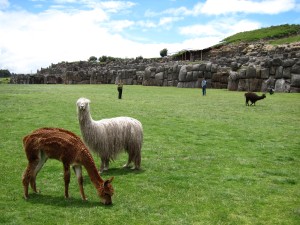This is a hybrid post. Half consists of pieces taken out of my last Kiva Fellows blog. And the other half from my final musings and future plans (I won´t be blogging for at least a month). Feel free to cry now.
Click above to read the full post “Last July, I sat in Kiva headquarters listening to speaker after speaker desperately trying to get a grasp on what life as a Kiva fellow would be like. Despite all my “international” experience, I don´t think anything could have prepared me for the adventure that was to come. Personally, I set out to discover how microfinance worked, IF it worked, and how it impacted the lives of the people it touched, but I really had no idea what lay ahead of me.
My two Kiva fellowships have allowed me to work with four separate institutions: FAPE and ASDIR in Guatemala and Arariwa and Manuela Ramos in Peru. I have been able to meet and talk with hundreds of borrowers posting new loans and doing loan updates…
On the flip side, I have had a chance to surf in four new countries, to climb four volcanoes (including Concepción in Nicaragua with some other Kiva Fellows!), and hike the Inca Trail. On the down side, I have been robbed once and assaulted another time, but I wouldn´t trade my two Kiva fellowships in Guatemala City and Cusco for the world.
And as I see my second (and final) Kiva fellowship come to a close, I have been asking myself what I have learned from the last eight months in the field… My second reflection on microfinance is that the most effective microcredit programs that I have witnessed combine education and training programs with the loans that they offer. I personally perceive education programs highlighting business management, budgeting, family, nutrition, or health allow the borrowers to develop not only economically, but in all aspects of their life. Which is the positive impact that all of us wish to see.”
As far as the future, I have a road trip through Patagonia planned with Devin Dvorak (starting on Feb 14th!). Coming back to the states, I’m heading up to Portland for a week, and after trying to find a job in Los Angeles.
My experiences with Kiva in Central and South America have truly been an adventure, one that I wouldn’t trade for the world. Thanks for all your prayers, support, and for reading my blog! I promise to blog when I’m back in the states about my exploits!






